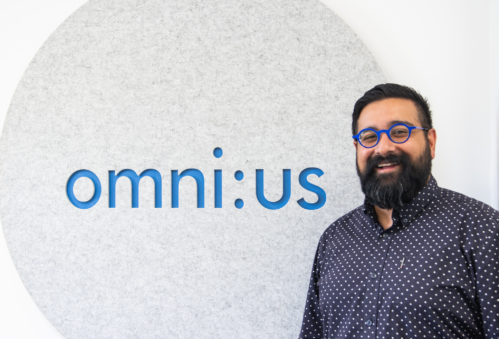Well, as the dust has settled following our rebranding, now seems like a good time to run through our shiny new products! The following is a quick overview of omni:us Policy.
Challenge
So, what’s the deal with insurance policy processing? Why all the hubbub?
Well, it’s quite simple: policies are highly complex documents. The format and wording differs widely from insurer to insurer.
For this reason, comparing policies from different insurance companies is a huge time sink. And that means a counter-proposal can’t quickly be drawn up.
As a manual process, it is demanding and monotonous for the insurer/adjuster/TPA. And for low value contracts, it simply doesn’t pay off.
This all spells out a big innovation barrier for insurance companies. Speedy digestion of policy information is a real advantage over competitors. It gives you more of that ever-elusive currency: time!
Solution
omni:us’ layered neural networks extract key labels from policies. Things like type of insurance, sum of liability, restrictions of coverage. Once extracted, they are then provided instantly back to the insurer.
This kind of semantic processing looks for certain written cues to categorize a document… nice!
This all makes for a a simple, cost efficient way to ‘understand’ existing policies, in order to automatically process them. You get instant analysis of existing policies to place counter-proposals right away, plus a simplified application process for new customers.
An automated analysis of insurance policies? That’s drastic cost reduction, in the bag!
Stay tuned for the next blog, which’ll go through omni:us Claim, our sister product for claims documents.
Blog


